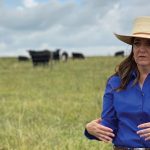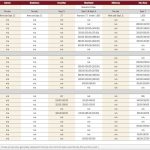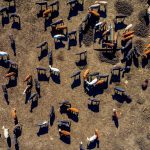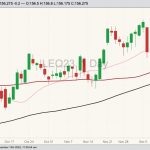Many beef producers might remember a time, say 25 years ago, that a 900-pound steer would be considered finished. Today, there’s a good chance that same steer would be 50 pounds away from starting the finishing process. Craig Lehr remembers. And on the 25th anniversary of the largest not-for-profit, industry-led funding agency in Canadian beef













